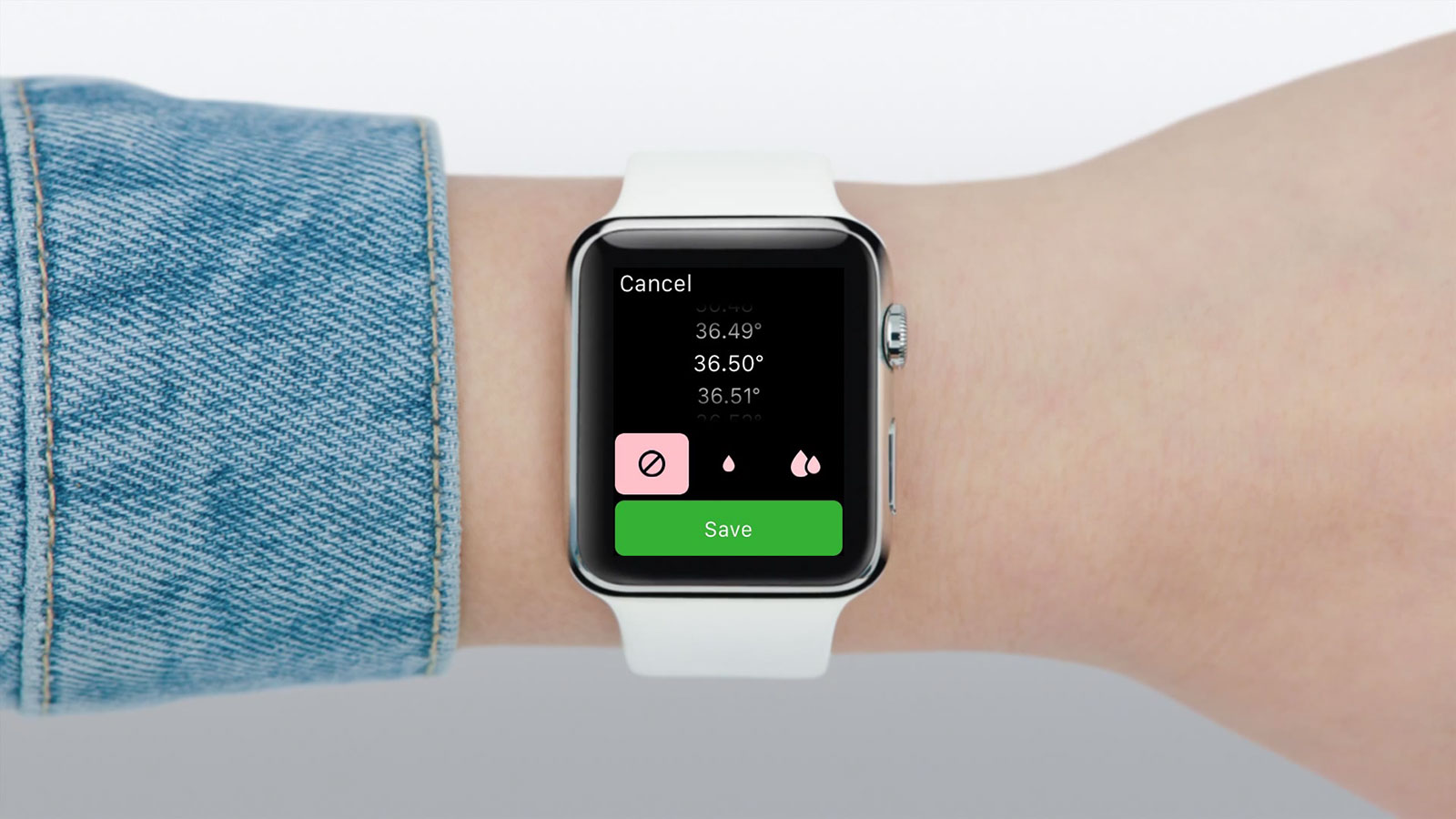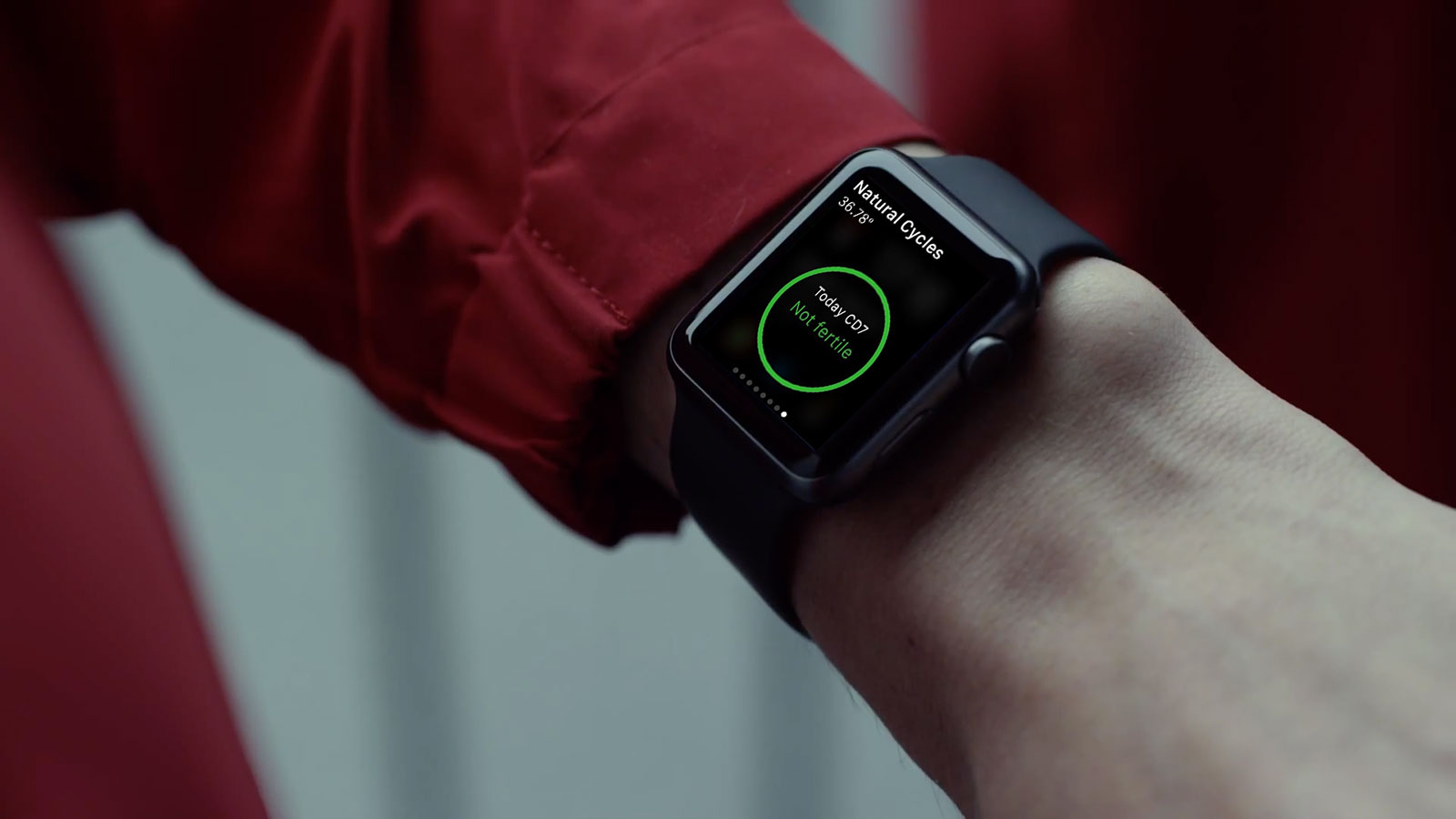Over the years, I’ve received a lot of emails offering me the chance to work on an exciting new project for free in return for some equity. This is an excerpt from one I got yesterday:
We are currently developing a [redacted] site with some developers who are dragging their heels and would like to to jump ship. They are more web developers and not used to app coding. They have been working for free in returning for an equity share in the company.
We have pitched to a few venture capitalist who like the idea but need to see a minimum viable product out in the market place.
Is this something you would entertain… work for free now but get a percentage of the company?
I write back to (nearly) every email I receive so I used my standard “sorry, I don’t ever work on an equity basis as per my website” reply. However, it’s starting to irritate me just how many of these emails I get per day, the fact they don’t read the clear disclaimer on my contact page, and the mindset that they must have to think that someone is going to work for free for a potential kickback later. Hopefully this post will clear up why I, and most other iPhone developers, will not work for free on your project.
Short version:
We have mouths to feed the same as anyone else.
Long version:
There is a huge amount of paid work available to freelance developers and it pays incredibly well. Some might say that developers are risk averse and so of course they’d choose paid work over the risky equity venture but that isn’t really true — being a freelancer is already incredibly risky with the fact you have to find work and hope that the client does pay on time and as agreed. That said though, choosing equity over money is one step too far on the risk ladder; the chance of it succeeding is very small and you’ll end up working on it for much longer than you anticipated.
For example, lets say you’re a developer charging around £500 a day for your services. To get a project to MVP status, you’re likely going to need to work for 1-2 months so you’re looking at around £10-20k of lost revenue. At this point, you need to make back at least that sizeable amount of money in order to break even. However, as the MVP continues, there will be bugs and new features to be added and you’ll be expected to add them for free; after all, you’ve been doing it for so long by now and if the project needs to switch developers then it’ll most likely die and you’ll end up with nothing. You will keep working for free until the project does eventually fail; you might get some small amount back but the real likelihood is that you’ll end up with nothing but a portfolio piece and the realisation that you should have filled the last 6 months with paid work.
This isn’t hypothetical; whilst I don’t ever work for equity, I’ve worked on a freelance basis on projects who did have other developers working for equity. They were hardly ever available after the project launched (as they needed to work on other projects to put food on the table) and when they were available they did a poor job as they were doing it in their spare time and they’d lost any passion they had for the business. The project folded after 9 months and they got around £1500 for their troubles.
Even if a project does succeed and you do own a portion of the company, it is still going to be a very long time until you see any monetary reward for that. A company only pays it’s shareholders when it is profitable and most startups aggressively use any money they make to grow further; it will likely be years until you get anything. Of course, they might sell to another company and you’ll get a big windfall payment but that is highly unlikely.
The biggest issue I have with ‘CEOs’ saying “work for free now but get a percentage of the company” is the hypocrisy of it. They are putting all of the risk of the business on the developers shoulders and bearing very little of it themselves. Most of these people with nothing but an idea are working in a full-time job and continue to do so during the life of the project as they don’t need to do much during development; if it fails, they don’t really lose much whereas a developer loses everything.
My one piece of advice for other freelancers and for people looking to hire them is “if the project owner isn’t willing to use savings or a loan to pay for a developer, then they are showing that they think the project is too risky”. When I built WallaBee, I insisted that all contractors were paid at market rate and did so with loans and money from my own freelancing. If you are trying to get an app built and you don’t do the same, you will not succeed.
This is why I do not work for equity. It isn’t just the fact that I’ll lose money, it’s that I don’t want to work for a business that treats professionals in this way.







